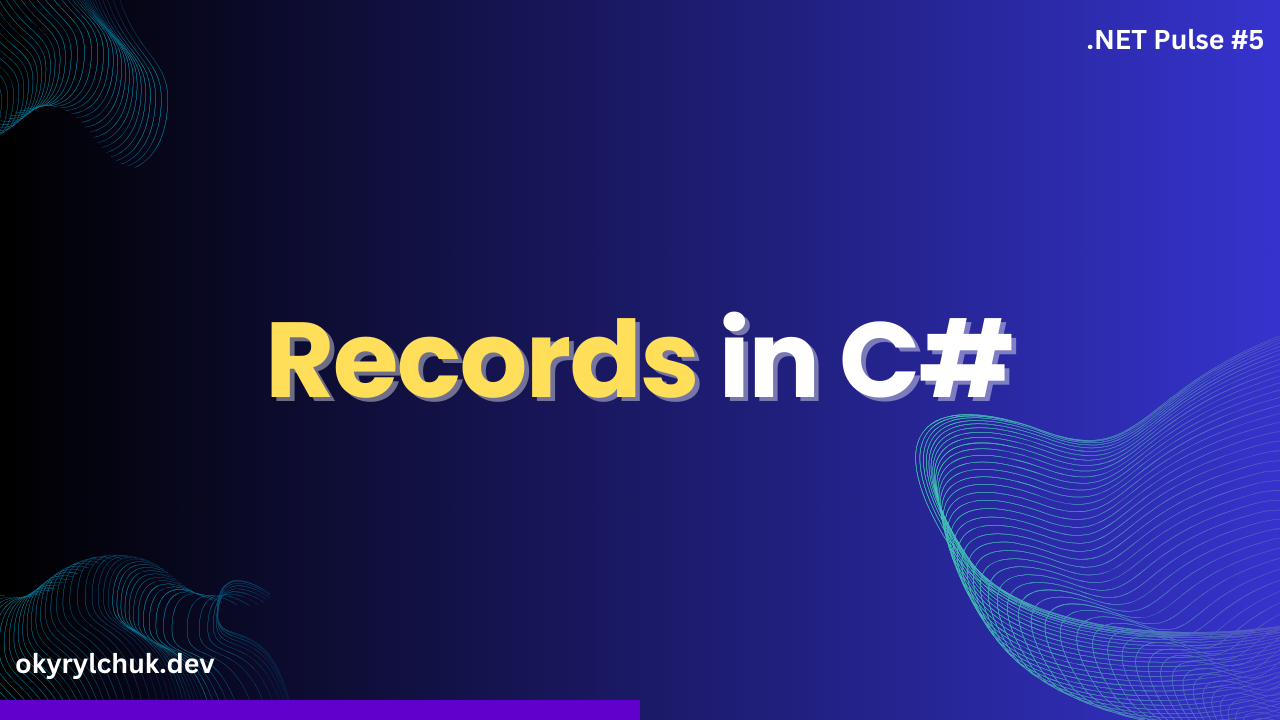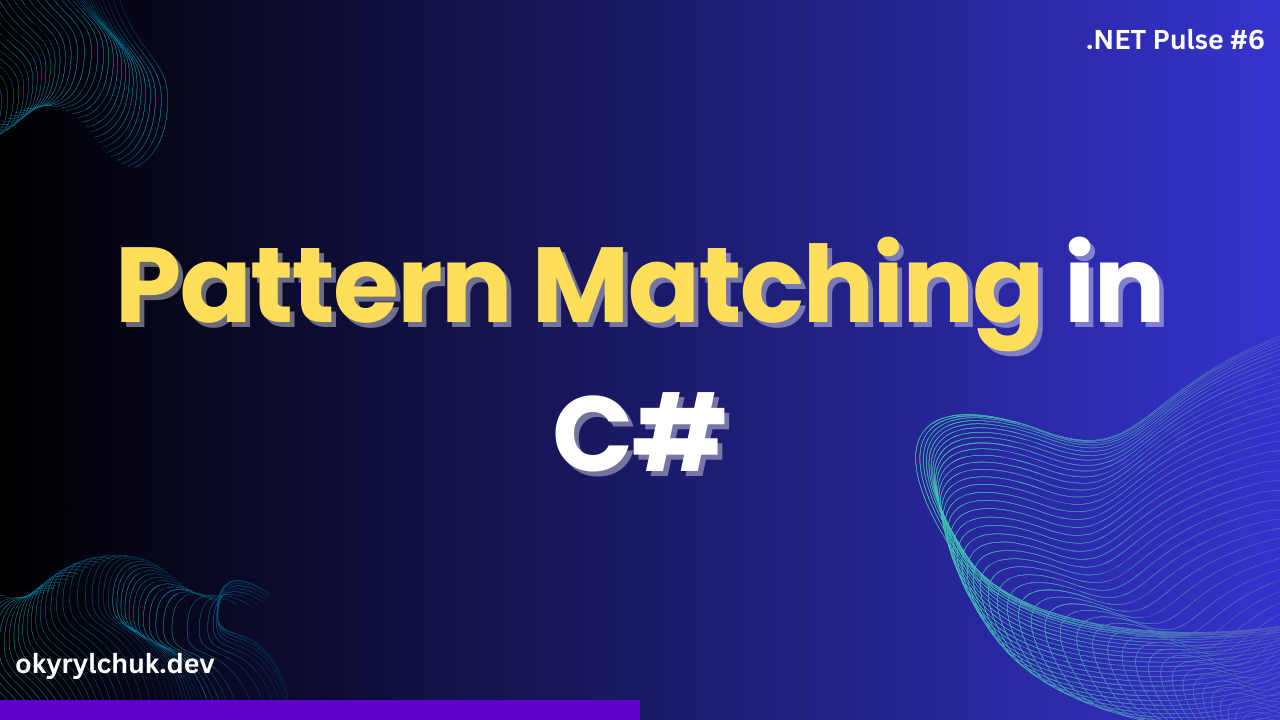When working with collections in C#, two interfaces frequently come into play: IEnumerable and IQueryable. Understanding the differences between these interfaces is essential to optimize performance, especially when working with databases or large data sets. In this post, we’ll explore what makes these interfaces unique, when to use each, and how they impact the efficiency of your code.
What is IEnumerable?
IEnumerable is an interface primarily used for working with in-memory collections like arrays, lists, and other data structures already loaded into memory.
Key Characteristics of IEnumerable:
- Namespace: System.Collections.Generic
- Execution: Deferred execution. Operations like Where or Select are evaluated only when you iterate over the collection (e.g., in a foreach loop).
- Client-Side Processing: When you perform filtering, transformations, or projections, the entire collection is loaded into memory, and then the filtering happens on the client side.
Best Use Cases for IEnumerable:
- In-Memory Collections: IEnumerable works well for collections already loaded in memory.
- Small Data Sets: Suitable for relatively small collections since operations are done in memory and can consume resources if the collection is large.
What is IQueryable?
IQueryable is an interface designed for working with data sources like databases where LINQ providers (like Entity Framework) can translate queries into SQL or other query languages.
Key Characteristics of IQueryable:
- Namespace: System.Linq
- Execution: Deferred execution, but with a difference – the query is only executed when the data is needed.
- Server-Side Processing: With IQueryable, the LINQ provider (e.g., Entity Framework) translates LINQ queries into the native query language of the data source, optimizing performance by retrieving only the necessary data.
Best Use Cases for IQueryable:
- Database Querying: Ideal for querying databases, as it fetches only the data you need, minimizing memory usage and network traffic.
- Large Data Sets: Use IQueryable when working with large data sets, as it can optimize filtering, sorting, and paging directly in the database.
Example with Entity Framework
Let’s create a simple entity, Person.
public class Person
{
public long Id { get; set; }
public string Name { get; set; }
public string Surname { get; set; }
public string Country { get; set; }
}When we use IQueryable, the filtering happens on the database side.
var people = await context.People
.Where(p => p.Country == "PL")
.ToListAsync();The EF will generate the following SQL:
SELECT [p].[Id], [p].[Country], [p].[Name], [p].[Surname]
FROM [People] AS [p]
WHERE [p].[Country] = N'PL'When we use IEnumerable, the EF fetches all persons from the database, and the filtering happens in memory on the client’s side.
var people = context.People
.AsEnumerable()
.Where(p => p.Country == "PL")
.ToList();The EF will generate the following SQL:
SELECT [p].[Id], [p].[Country], [p].[Name], [p].[Surname]
FROM [People] AS [p]Key Differences Between IEnumerable and IQueryable
| Feature | IEnumerable | IQueryable |
|---|---|---|
| Execution | In-memory | Database or external source |
| Evaluation | Immediate or deferred execution | Deferred execution |
| Use Case | Small, in-memory collections | Large data sources (e.g., databases) |
| LINQ Provider | No translation to SQL | Translates to data source query |
The choice between IEnumerable and IQueryable affects not just performance but also how and where data processing occurs. Using IQueryable for in-memory data will result in no real performance gain, as there’s no external source to optimize against. Likewise, using IEnumerable for database data may lead to inefficient memory usage and high network traffic, as the full dataset is loaded before filtering.
Summary
Use IQueryable for efficient, server-side querying and to leverage database optimizations.
Use IEnumerable when you need in-memory processing, are working with small data sets, or need to mix data sources.
In most cases, IQueryable is the preferred choice with Entity Framework Core to keep queries efficient and optimized.

